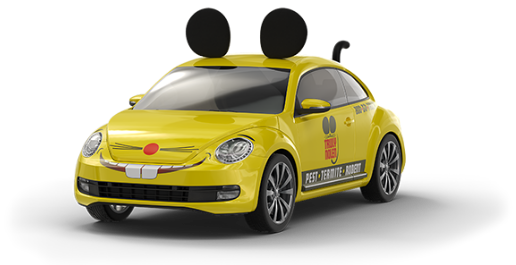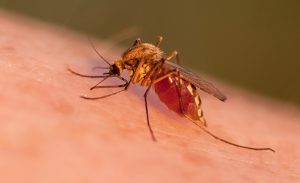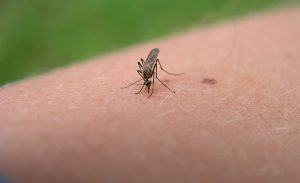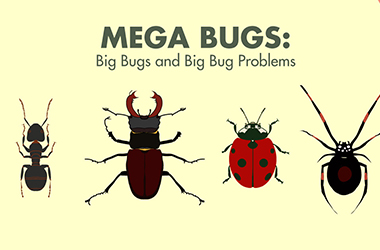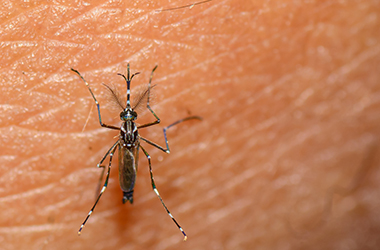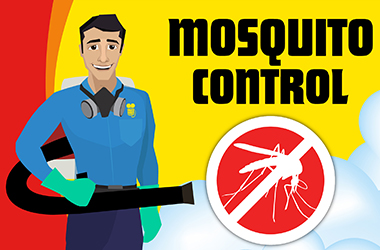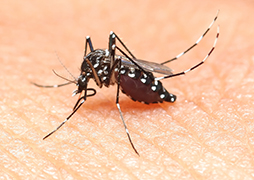
Anopheles Mosquito Facts
- Labeled as: “Malaria Mosquitoes”
- Appearance: The discreet angle at which anopheles mosquitoes’ abdomens are positioned makes them more difficult to identify on the skin than other mosquitoes that rest parallel to surfaces.
- Color: Dark and covered with brown to black hairs
Anopheles Mosquitoes and Malaria History
Anopheles mosquitoes are vectors for the parasite, Plasmodium falciparum, that claims the lives of over 440,000 people annually, primarily in subtropical and tropical areas and especially in sub-Saharan Africa. With 460 anopheles species in existence, about 100 transmit the protozoan malaria parasite to humans, while some carry the parasites that cause the often fatal heartworm disease in dogs.
Originating in the mid-1700s, from the Italian term “mal aria,” meaning bad air, swamp gas and the humid climate in the southeastern US coastal areas and in New Orleans were thought to cause the deadly disease. Characterized by fever, chills, headaches and vomiting, malaria kills by infecting and destroying red blood cells and clogging vital capillaries that transport blood to the brain and other vital organs.
Colonial history experts maintain that malaria slowed the development of the southeastern colonies due to the 43% survival rate of colonists. Choosing to grow indigo and rice in the southern coastal areas contributed to malaria outbreaks, as these crops require standing water to grow, creating the ideal breeding ground for mosquitoes. Pawley’s Island in South Carolina was founded as a retreat for rice plantation owners and their families to escape malaria in Georgetown on the mainland.
- Bites and Treatment
- Infestation
- How to Get Rid of Them
Mosquitoes Photos
4 Seasons Pest Control

Satisfaction Guarantee
What it includes*
-
Ants
-
Crickets
-
Fleas
-
Mice
-
All Roaches
-
Scorpions
-
Spiders
-
Ticks
-
Wasps
-
Other*
